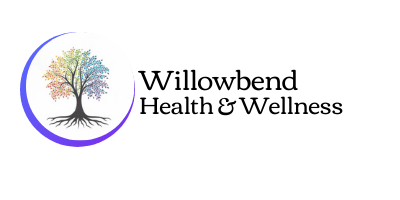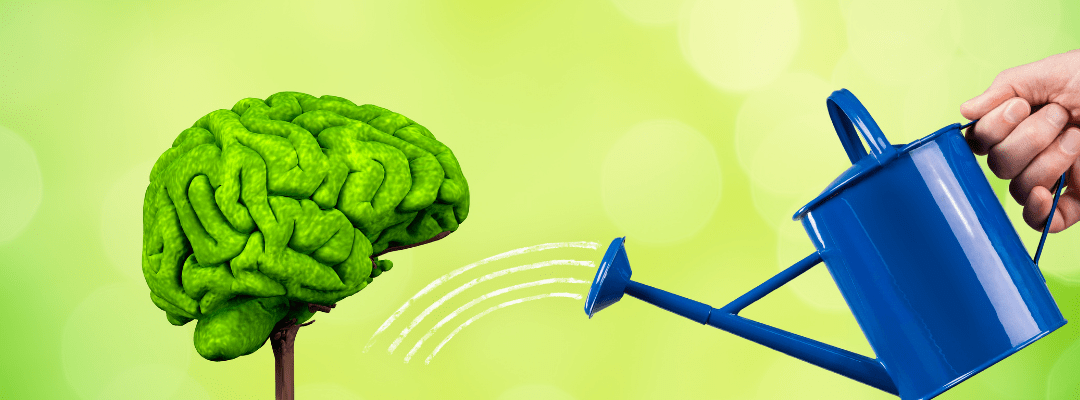Medical professionals know that one of the most important indicators of good health is the health of a person’s brain. Many of the changes that can occur may be difficult to assess and treat as many may take years to manifest. However, with early detection of these changes and effective management with lifestyle changes, you can restore your memory. Proper nutrition, sleep and exercise can have significant long-term benefits for neurocognitive health.
Symptoms of memory impairment and neuroinflammation include:
- Memory loss
- Brain Fog
- Difficulty verbalizing
- Fatigue
- Loss of focus or concentration
About 75% of older Americans report memory problems. Once you reach age 85, you have a 50% chance of developing dementia. The hippocampus is the memory center of the brain. The hippocampus is where Alzheimer’s disease starts. A healthy hippocampus makes up to 700 new brain cells every day.
You are not stuck with the brain you have because you can help your brain grow new brain cells and regenerate itself – this is what is called neuroplasticity. Neuroplasticity is a property of the brain that allows it to change its physical structure and its function. There are stem cells in the brain that can continually produce new brain cells. The chemical that is fundamental to growing new brain cells and neuroplasticity in the brain is brain derived neurotropic factor or BDNF. BDNF is natural growth hormone for the brain. BDNF is increased by exercise, various herbs and nutrients.
Exercise and certain activities can optimize your brain function but to prevent degenerative brain disorders it is most effective to adopt these practices at an early age. Restorative sleep is crucial for brain health. The brain cleans itself out and it consolidates new memories during sleep. A recent study has further confirmed how essential sleep is to both cognition and maintenance of healthy brain function. During this study changes in neural activity observed confirmed memory consolidation and clearance of metabolic waste products from the brain during sleep.
Alzheimer’s disease (AD) risk may be reduced by 50% with regular exercise, either aerobic or resistance. A ketogenic diet offers protection as well. A Mayo clinic study shows that people whose diets favor more fat enjoy about a 44% risk reduction for AD. Your brain works better when fueled by fat instead of glucose. Hormone deficiencies also increase your risk of Alzheimer’s. Women who experience premature menopause whether surgical or natural and who did not receive hormone replacement therapy doubled their likelihood of developing Alzheimer’s or dementia later in life. Testosterone is important for memory in men.
Alzheimer’s or dementia is not just one disease and there is no single cause so providers must diagnose which type someone has in order to treat them appropriately. Three types of Alzheimer’s have been well defined with now a fourth. Type I is Inflammatory and can result from multiple causes. Type II is Atrophic and associated with multiple nutrient deficiencies. Type III is Toxic in origin and related to exposure to toxic substances like metals or biotoxins. Type 1.5 is diabetes associated and often called Type 3 diabetes. Blood sugar impacts the health of your brain and many people may have Type III diabetes. Getting diabetes increases your Alzheimer’s risk by 50%.
A comprehensive restoration plan is needed to address these key factors:
- Blood flow
- Aging and reduced engagement
- Genetics that increase risk
- Inflammation
- Head trauma
- Toxic exposures
- Mental health
- Infections
- Autoimmunity
- Diabetes & obesity
- Sleep dysfunction
- Physical activity
Energy can be used to help the brain:
Lights, electrical stimulation and brain exercises take advantage of the brain’s neuroplasticity and its ability to rewire itself and change its own physical structure. Low blood flow is the number one brain imaging predictor of Alzheimer’s.
LED Lights and Cold Lasers can be utilized by practitioners to boost and speed healing of many brain disorders by helping to reduce inflammation, eliminate pain, improve vision, treat migraines, help traumatic brain injuries and improve mitochondrial function and others by impacting the circulation in those tissues.
Neurofeedback can be utilized to re-synchronize normal firing of signals by neurons and may restore some brain function
There are multiple approaches to address cognitive decline. Memory loss is caused by multiple factors operating together, so the most advanced doctors look at each of these in a personalized approach. You have the power to make your brain younger and reverse the damage. At Willowbend Health & Wellness we utilize holistic integrative care and non-invasive therapies to assist with rehabilitation of many brain disorders and neurologic dysfunction, including pain.

